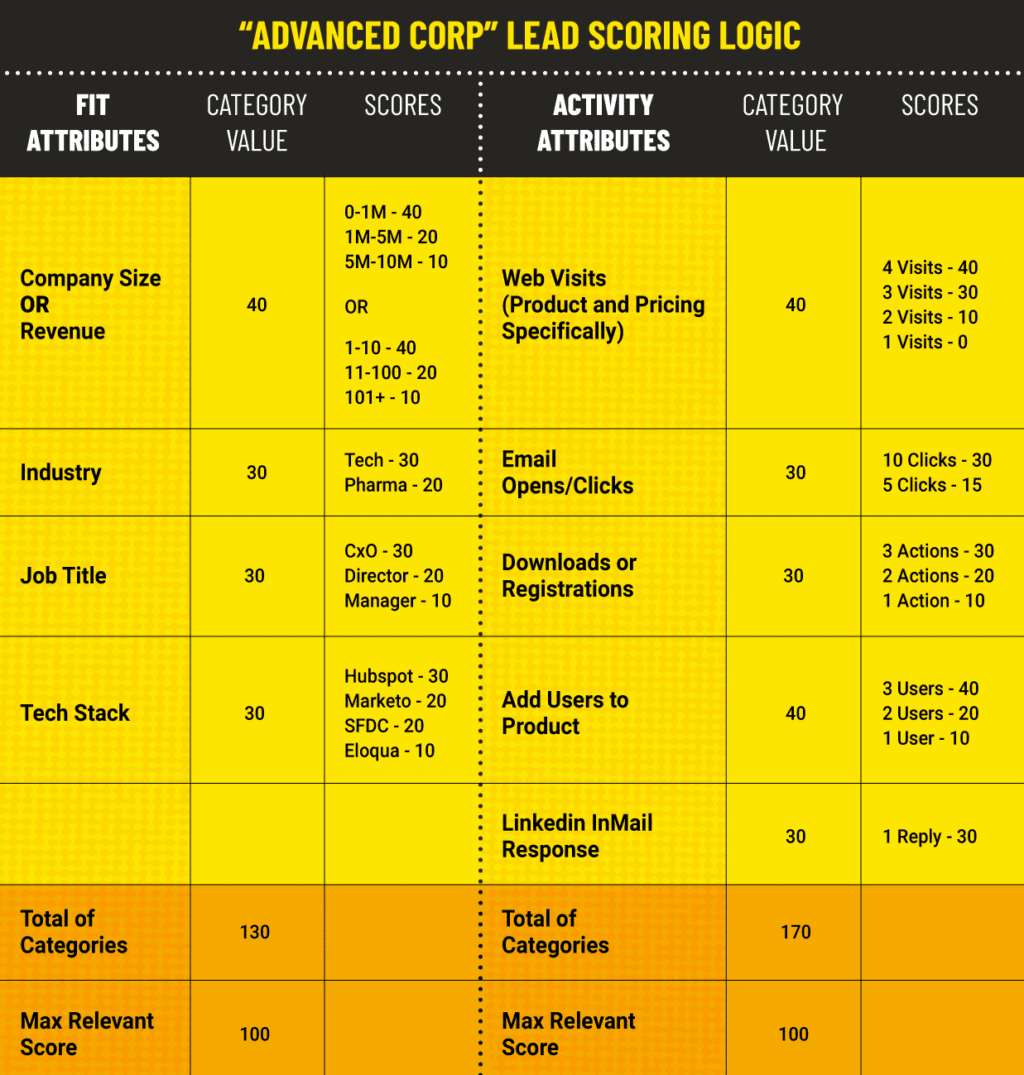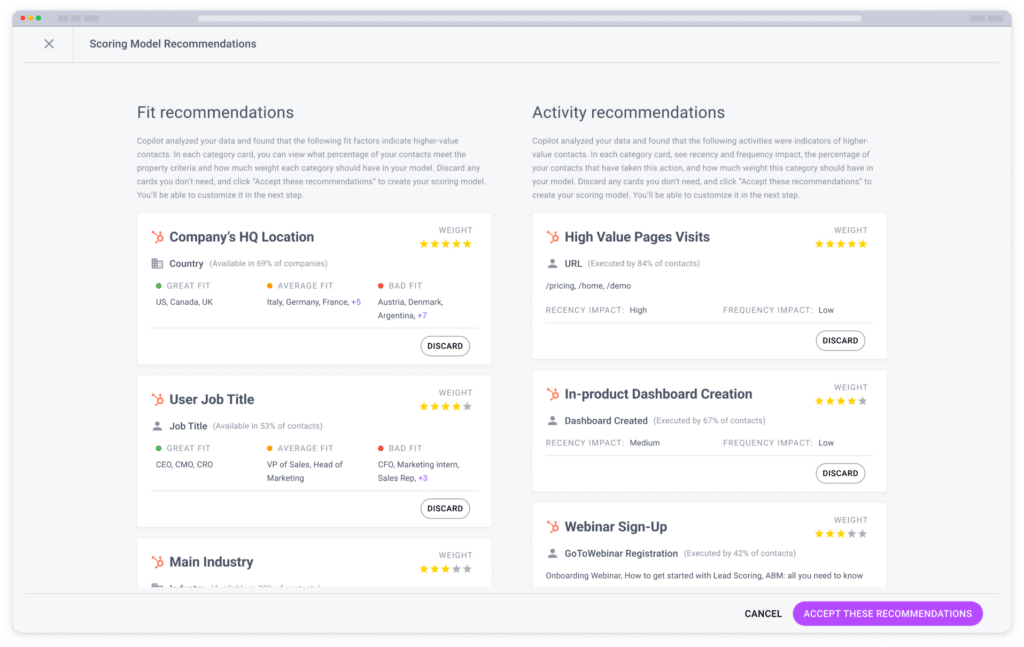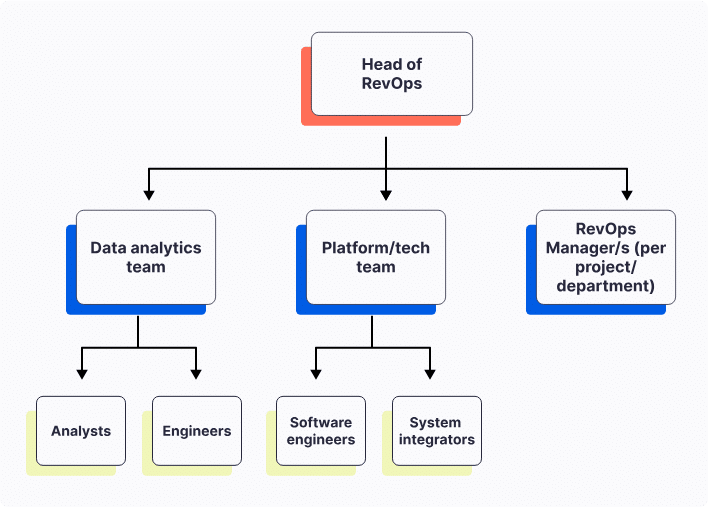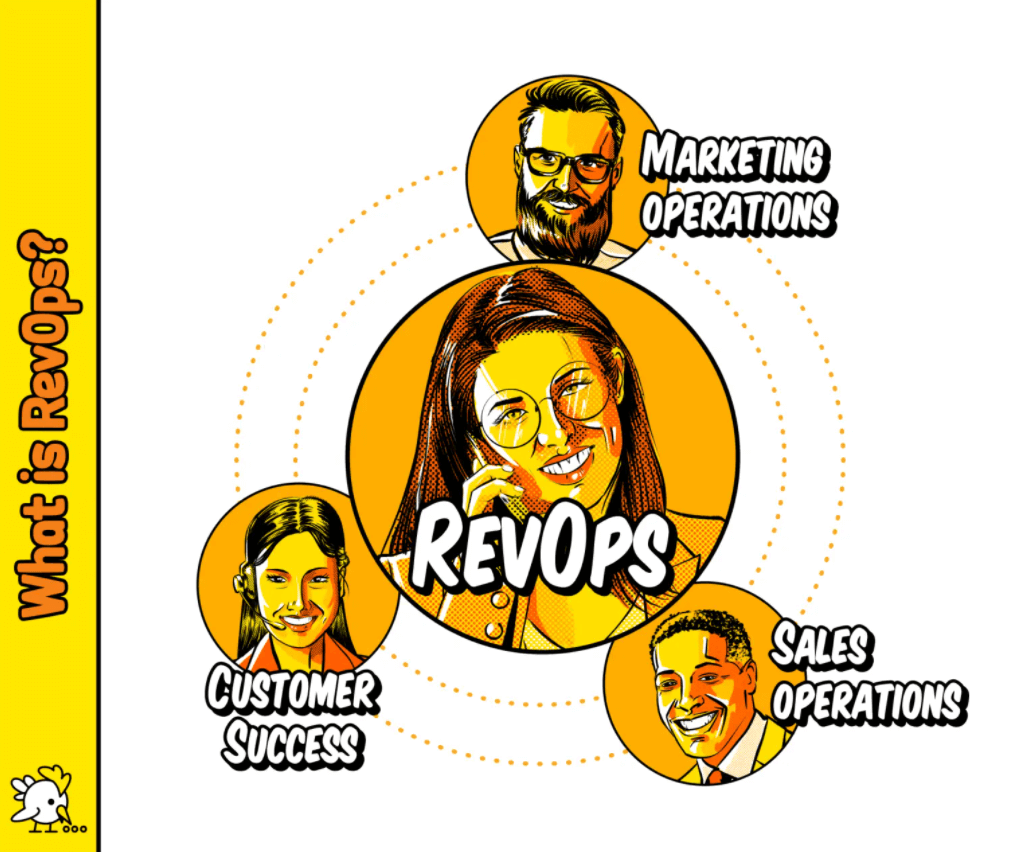Increasing company revenue is as complicated as delivering exceptional customer service and product delivery.
There has to be an alignment with your main departments to eliminate silos so everyone can contribute towards creating a profitable product with high customer satisfaction.
Today, companies are embracing Revenue Operations (RevOps) to coalesce marketing, sales, and customer service teams to improve revenue. However, this is only one piece of the puzzle to achieve this outcome.
At Breadcrumbs, we offer enterprise-level lead scoring to help companies embrace RevOps.
Product-led growth (PLG) combined with RevOps helps business leaders refine their operations and optimize revenue. In this guide, we’ll explain exactly how that’s supposed to happen.
Understanding RevOps and PLG
To understand the power of RevOps and PLG as a combined initiative, it’s important first to cover these principles.
What is RevOps?
RevOps is a business philosophy that strives to eliminate the barriers between marketing, sales, and customer success teams. In doing so, all of these teams can work together more effectively, improving company revenue as a result.
For example, let’s say that you’re selling project management software. Your marketing team runs campaigns to drive brand awareness and website traffic. Your sales team closes the deals, and your customer success team onboards new B2B buyers.
The problem with this arrangement is that each department has a silo or barrier that keeps others out. Sales team members are kept out of marketing campaigns, meaning marketers can’t take advantage of customer pain points when creating content.
Also, marketers are kept out of customer onboarding, so they can’t create content (documentation and help guides) to keep new B2B customers engaged and happy. These silos can put a hamper on business productivity, which can drive down profits.
RevOps strives to align these vital departments to ensure products reach their full potential, thereby improving company revenue projections.
What is PLG?
Product-led growth is a go-to-market (GTM) strategy that entails letting a product essentially sell itself.
Instead of running aggressive sales and marketing campaigns, PLG companies focus on building a minimum viable product (MVP), gaining customer feedback, and refining the product to build massive product adoption.
All of this is to say that a PLG strategy involves positioning a product to market and selling it itself. There are several examples of PLG to choose from.
Apple is an example of a company that runs successful PLG strategies. Their unique value proposition is a unique digital experience tied to their products, such as Macs and iPhones.
Zoom is another company that leverages a PLG strategy to sell more subscriptions. Its business model is based on creating a better product than competitors, which customers can realize by signing up for a free account.
When done correctly, a PLG strategy can turn an obscure product into a major success, resulting in massive company profits.
The Synergy Between RevOps and PLG
RevOps and PLG are two different concepts. However, both principles are designed to help companies drive B2B revenue growth. Let’s use an example to explain the synergy between RevOps and PLG.
Let’s say that you’re running a project management company. So far, you’ve never used RevOps or developed a PLG strategy. Therefore, the silos in your company have resulted in low conversions and high churn, even though you’ve been able to generate substantial website traffic.
Your two problems are that your product has a low conversion rate and high churn. It’s just not meeting the standards of your target audience. By developing a PLG strategy, you can formulate strategies to create a product that delivers an enjoyable customer experience.
To employ your PLG strategy, you’ll need to embrace RevOps. Here’s what that looks like:
- Marketing: Your conversions are low, a problem for the marketing team. In RevOps, marketers can work with sales team members to develop messaging that better speaks to their target audience.
- Sales: The marketing team is generating substantial website traffic, but conversions are low. Sales and marketing should work together to fix this problem.
- Customer Success: Customer churn is high, meaning new customers drop out too quickly. To stop churn, your marketing team should create better documentation, webinars, and help guides to keep them satisfied.
As you can see, product-led growth makes the difference in driving revenue by creating highly refined products. However, to implement a PLG strategy, you’ll first need to embrace RevOps to get your team on the same page.
Linking Lead Scoring to RevOps and PLG
A major part of syncing your RevOps and PLG strategy is embracing lead scoring. Lead scoring is all about grading each of your prospects with scores based on how likely they are to convert.
Lead scoring is used by marketing and sales teams to ensure that only qualified prospects are targeted. Ignoring creating a lead scoring model means wasting valuable time, money, and resources on unqualified leads who likely won’t convert anyway.
Understanding lead behaviors and preferences can refine scoring models and guide operational efforts. After all, if you’re targeting high-quality leads, there’s a better chance you can convert and drive profits.
Therefore, if striving toward RevOps and PLG synergy, you should consider creating an in-house lead scoring model.
The good news is that Breadcrumbs makes lead scoring easy for both sales-assisted and PLG models. This way, you can optimize your entire sales funnel and improve your company’s revenue.
Start your free trial today to get started.
Implementing RevOps and PLG for B2B Revenue Growth
By now, you should know the importance of RevOps and PLG synergy. Now is the time to learn how to implement both principles. Below are some great tips to help you get started:
- Prioritize cross-functional collaboration: The entire purpose of RevOps is to tear down the silos that exist between your main departments. As such, create Agile project management workflows that promote cross-functional collaboration.
- Always data-driven decisions: The best PLG decisions aren’t made on a whim. Business leaders and product marketers obtain loads of data to understand how their products are performing and identify key areas of improvement.
- Focus on customer-centricity: Delivering a one-of-a-kind customer experience comes down to integrity and transparency. Instead of focusing on conversions above everything else, employ a lead scoring model to help quality leads and redirect others who may not be a good fit.
- Don’t forget about continuous optimization: PLG and RevOps are both Agile principles. This means you should always strive for perfection through continuous optimization and refinement.
Following these strategies will help position your company to drive increased revenue through collaboration and product improvement.
Best Practices and Challenges
We’ve covered how to leverage PLG and RevOps in tandem. Now, let’s discuss some best practices and challenges you’ll need to face to be successful.
Design a Rigid RevOps Team Structure
The first step of adopting RevOps is creating a team structure facilitating cross-collaboration. Generally speaking, you want to create documentation outlining how your marketing, sales, and customer success teams will all work together.
We suggest conducting meetings to create a consensus on the RevOps team structure. After all, it’d be counterproductive to create a universal RevOps team structure without gaining internal input first.
Assign Roles Based on Your RevOps Model
Every RevOps team will look different since it’s based on bandwidth, company resources, and target marketers. However, you should divide your RevOps team into the following key roles:
- Operations: These individuals make up the command center of your RevOps team, providing strategic support to all team members and collaborators.
- Analytics & Planning: These individuals partner with GTM stakeholders and team members to ensure data-driven decisions are being made.
- Tools & Technology: These team members communicate GTM and PLG needs to data, engineering, product, and IT teams so they are fulfilled.
Following this format will ensure your RevOps team runs like a well-oiled machine.
Focus More on Development Instead of Documentation
When embracing a PLG strategy, some stakeholders prefer to create tons of documentation to facilitate the process.
The problem is that so much attention is paid to creating documentation, which can stall product development. While documentation is important for all product teams, development and optimization are even more essential.
Therefore, take the Agile approach in setting clear product development goals that run simultaneously with documentation tasks.
Minimize Friction
Friction is simply defined as anything that prevents the end user from converting. For example, long signup forms are probably the most common example of friction on websites.
In RevOps, it’s up to marketing, sales, and customer success teams to remove friction. After all, these teams engage the end user at some point in a marketing funnel.
Future Trends in RevOps and PLG
RevOps and PLG aren’t new concepts, which means they’re constantly evolving with each passing year.
Nonetheless, modern trends such as AI and machine learning, real-time analytics, and increased focus on customer success should keep business leaders aware of the upcoming developments that can affect their companies.
Final Words
It’s in the best interest of any company to adopt a RevOps strategy.
That way, you can transform cross-team collaboration into phenomenal products that reach (or exceed) your revenue goals.
And when you tack on a PLG strategy, you can also use RevOps to deliver better products that can sell themselves. Sounds idyllic, right?
Use a PLG CRM for efficient data sharing across teams, offering complete insights into the customer lifecycle. Schedule a brief demo with Breadcrumbs and how to unify your revenue departments and increase sales today.







